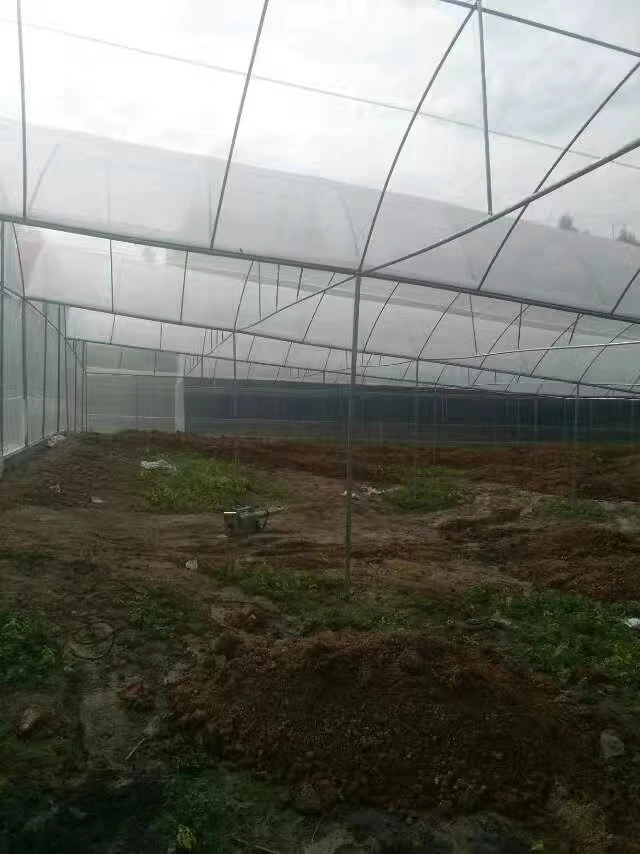-
 Afrikaans
Afrikaans -
 Albanian
Albanian -
 Amharic
Amharic -
 Arabic
Arabic -
 Armenian
Armenian -
 Azerbaijani
Azerbaijani -
 Basque
Basque -
 Belarusian
Belarusian -
 Bengali
Bengali -
 Bosnian
Bosnian -
 Bulgarian
Bulgarian -
 Catalan
Catalan -
 Cebuano
Cebuano -
 China
China -
 Corsican
Corsican -
 Croatian
Croatian -
 Czech
Czech -
 Danish
Danish -
 Dutch
Dutch -
 English
English -
 Esperanto
Esperanto -
 Estonian
Estonian -
 Finnish
Finnish -
 French
French -
 Frisian
Frisian -
 Galician
Galician -
 Georgian
Georgian -
 German
German -
 Greek
Greek -
 Gujarati
Gujarati -
 Haitian Creole
Haitian Creole -
 hausa
hausa -
 hawaiian
hawaiian -
 Hebrew
Hebrew -
 Hindi
Hindi -
 Miao
Miao -
 Hungarian
Hungarian -
 Icelandic
Icelandic -
 igbo
igbo -
 Indonesian
Indonesian -
 irish
irish -
 Italian
Italian -
 Japanese
Japanese -
 Javanese
Javanese -
 Kannada
Kannada -
 kazakh
kazakh -
 Khmer
Khmer -
 Rwandese
Rwandese -
 Korean
Korean -
 Kurdish
Kurdish -
 Kyrgyz
Kyrgyz -
 Lao
Lao -
 Latin
Latin -
 Latvian
Latvian -
 Lithuanian
Lithuanian -
 Luxembourgish
Luxembourgish -
 Macedonian
Macedonian -
 Malgashi
Malgashi -
 Malay
Malay -
 Malayalam
Malayalam -
 Maltese
Maltese -
 Maori
Maori -
 Marathi
Marathi -
 Mongolian
Mongolian -
 Myanmar
Myanmar -
 Nepali
Nepali -
 Norwegian
Norwegian -
 Norwegian
Norwegian -
 Occitan
Occitan -
 Pashto
Pashto -
 Persian
Persian -
 Polish
Polish -
 Portuguese
Portuguese -
 Punjabi
Punjabi -
 Romanian
Romanian -
 Russian
Russian -
 Samoan
Samoan -
 Scottish Gaelic
Scottish Gaelic -
 Serbian
Serbian -
 Sesotho
Sesotho -
 Shona
Shona -
 Sindhi
Sindhi -
 Sinhala
Sinhala -
 Slovak
Slovak -
 Slovenian
Slovenian -
 Somali
Somali -
 Spanish
Spanish -
 Sundanese
Sundanese -
 Swahili
Swahili -
 Swedish
Swedish -
 Tagalog
Tagalog -
 Tajik
Tajik -
 Tamil
Tamil -
 Tatar
Tatar -
 Telugu
Telugu -
 Thai
Thai -
 Turkish
Turkish -
 Turkmen
Turkmen -
 Ukrainian
Ukrainian -
 Urdu
Urdu -
 Uighur
Uighur -
 Uzbek
Uzbek -
 Vietnamese
Vietnamese -
 Welsh
Welsh -
 Bantu
Bantu -
 Yiddish
Yiddish -
 Yoruba
Yoruba -
 Zulu
Zulu
Innovative Solutions for Using Debris Netting in Scaffold Safety and Construction Sites
The Importance of Debris Scaffold Netting in Construction Safety
In the construction industry, safety is paramount. One of the critical measures to ensure safety on-site is the use of debris scaffold netting. This material plays a significant role in minimizing risks and protecting workers, bystanders, and the surrounding environment from falling debris. As construction projects become increasingly complex, the importance of such safety measures cannot be overstated.
Debris scaffold netting is designed to be installed on scaffolding systems around a building under construction or renovation. Typically made from durable materials such as polyethylene or polypropylene, the netting is engineered to withstand the rigors of a construction site, including exposure to weather conditions and the weight of falling objects. The netting is structured to catch debris, tools, and materials that may accidentally fall during work, ensuring that they do not pose a risk to people and property below.
Key Benefits of Debris Scaffold Netting
1. Enhanced Worker Safety The primary purpose of debris netting is to protect workers on the ground. Construction sites are filled with hazards, and falling objects can result in severe injuries or even fatalities. By installing debris netting, construction companies can dramatically reduce the likelihood of such incidents, creating a safer work environment.
2. Protecting Bystanders Construction sites are often located near populated areas, which raises concerns about the safety of pedestrians and nearby residents. Debris scaffold netting acts as a barrier that prevents construction materials from falling onto innocent bystanders, thereby enhancing public safety.
debris scaffold netting

3. Environmental Protection Construction activities can produce waste that may inadvertently end up in nearby ecosystems. Debris netting helps contain construction debris, preventing littering and minimizing environmental impact. This is especially crucial in urban areas where construction sites are situated close to parks, waterways, and wildlife habitats.
4. Compliance with Regulations Many jurisdictions have stringent regulations regarding construction safety. The use of debris scaffold netting not only complies with safety standards but also showcases a company's commitment to maintaining a safe working environment. Failure to implement adequate safety measures can lead to legal repercussions and damage to a company’s reputation.
5. Cost-Effectiveness While there may be initial costs associated with installing debris scaffold netting, it can lead to significant savings in the long run. By preventing accidents, companies can avoid costly lawsuits, medical expenses, and compensation claims. Additionally, maintaining a safe work environment enhances productivity, as workers can perform their tasks without fear of falling objects.
Conclusion
In conclusion, debris scaffold netting is an essential component of construction site safety. Its ability to protect workers, bystanders, and the environment underscores its importance in modern construction practices. As the industry continues to evolve, the implementation of effective safety measures like debris netting will be crucial in mitigating risks and ensuring the well-being of everyone involved in and around construction sites. Investing in debris scaffold netting is not just a legal obligation but a moral responsibility that demonstrates a commitment to safety, sustainability, and professionalism. As construction continues to shape our urban landscapes, the value of implementing effective safety measures such as debris scaffold netting will only grow.
-
Shipping Plastic Bags for Every NeedNewsJul.24,2025
-
Safety Netting: Your Shield in ConstructionNewsJul.24,2025
-
Plastic Mesh Netting for Everyday UseNewsJul.24,2025
-
Nylon Netting for Every UseNewsJul.24,2025
-
Mesh Breeder Box for Fish TanksNewsJul.24,2025
-
Expanded Steel Mesh Offers Durable VersatilityNewsJul.24,2025











